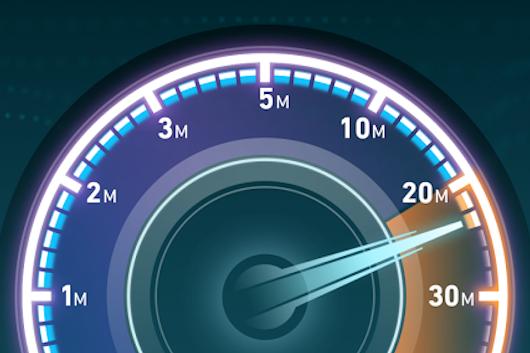Published on the 25/02/2016 | Written by Beverley Head

Deakin University is one of the local organisations testing the veracity of the latest tech sector jargon – data velocity…
Unlike data speed which indicates how fast a bit can travel, data velocity is intended to refer to the speed data can travel from A to B where B is the user of the information. For modern enterprises it’s data velocity which is important according to Bede Hackney, ANZ managing director for Nimble Storage.
It’s about the ability to get information from an enterprise system to an end user or customer app as quickly as possible. Without data velocity there is a risk of an app-gap, he said; Nimble Storage is flash with jargon too.
Deakin is one of a handful of beta installations of Nimble Storage’s first all flash array which was announced this week. It’s been using Nimble systems for two years, and expects the all flash solution to deliver the scalability it needs for the future.
In the past Nimble has offered hybrid, or adaptive solutions, which could route data between costly flash and less expensive disk.
With its first all flash array it’s moving into new territory. And not inexpensive territory with entry level pricing for the system starting at US$100,000.
The battle lines between spinning disk and flash or solid state memory have been established for some time. Disk was inexpensive but slow (though not as slow as tape); flash was fast, but oh so expensive.
Flash though seems set to continue to grow its stake in the enterprise market and in a report released late last year by IDC, Eric Burgener, storage systems research director, said he expected all flash arrays to dominate spending on primary storage as soon as 2019.
Nimble’s Hackney said that adaptive flash still “is far more cost effective” than all flash for many applications. But for those mission critical applications (particularly data intense or big data applications) where data velocity is critical, all flash was the preferred solution.
He expects banking, finance and healthcare to be among the early adopters. Nimble’s systems, which are shipped with InfoSight Predictive Analytics – the smarts that tell the speeding data where to go, delivering that so called “data velocity” – can be scaled to offer up to 8 petabytes of storage. Because Nimble’s all flash and adaptive flash can be operated in tandem, with the Predictive Analytics tool directing the flow of data, it’s possible to mix and match.
“We have always said that flash is the future. When you drill down our view of the market dynamics is that seven or eight years ago the payoff was not there for the cost. The time is now (for flash).”
He warned though that shoehorning flash into poorly designed architectures was a mistake. “When we are asked to look at applications delay, less than half of them have anything to do with storage,” he said. “Half are data centre issues.”
“It’s great to have the world’s fastest flash but if it is not in an environment that’s optimal you won’t get the outcome you want.”



























